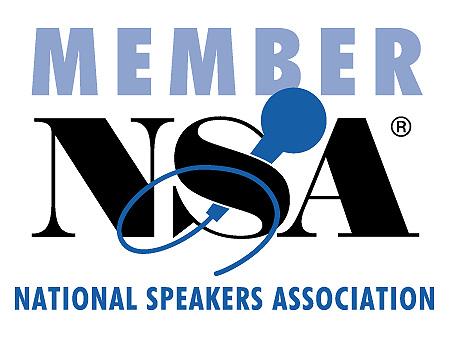 Send to Kindle
Send to KindleI was in my office one day when a friend who had worked for me before retiring from the military came to visit. After retiring he had decided to go back to school and to supplement his pension by entering the management training program at a fast food chain. He was a veteran with plenty of leadership experience so I knew this would be easy for him, so when I asked how it was going, I was shocked by his answer. He told me he wasn’t working there anymore, that he just couldn’t take it. He said the final straw came as he was leaving the restaurant in the evening after a long day. The restaurant manager, a young man probably 20 or 25 years his junior, began loudly berating him because of a small piece of trash in the parking lot. My friend said he stood there for a minute or two, then told the young manager where he could put his trash and quit on the spot. Apparently, such outbursts were not uncommon with this particular manager and my friend had just had enough.
Each leader develops his or her own style of leadership. Much has been written on the subject. Rensis Likert’s defined four styles of leadership – Exploitative Authoritative, Benevolent Authoritative, Consultative System, and Participative. Hersey and Blanchard gave us Situational Leadership. I recommend further study of both Likert and Hersey, Blanchard. But for the purposes of easy understanding, I define the common styles of leadership as authoritative, directive, democratic. There’s certainly a place for each of these in any organization, but good leaders must know when to apply them.
A leader in the authoritative style uses his or her authority to guide people in a particular direction. The follower has no voice and must do whatever they’re told. This sort of style can be effective in emergency situations but in most cases it will be viewed by subordinates as too heavy handed. Leaders who consistently use this style are probably somewhat insecure themselves, either because they are uncomfortable with their own knowledge or because they do not want to trust their followers.
In the directive style, the leader tells followers what to do, and sometimes how to do it. This style is effective with workers who are new to a task or who have demonstrated an unwillingness to work on their own. The directive style is not authoritarian! The directive leader is willing to take input from the followers. In fact a good leader will solicit input while understanding that the followers are not ready to be left alone without close supervision.
The democratic style is appropriate when followers are knowledgeable and have demonstrated a willingness to accomplish the task. A democratic leader will actively solicit follower input. Supervision is at a minimum and the leader involves everyone in problem solving.
There’s something interesting about these styles: they are not mutually exclusive but support each other. For instance, if a leader has been successful with a democratic style, then an emergency that might normally call for an authoritative style will be handled with a minimum of authoritative orders. That’s because the subordinates and leaders know each other and have a good relationship. The leader only has to express what needs to happen and, if necessary, constraints or restrictions and the followers do it. Believe it or not, I learned this in the military!
Similarly, the directive style may only be needed on a temporary basis. This style is usually best used with new workers who don’t yet understand the task or system. A leader who normally is uses a democratic style will have created a workplace that encourages followers to accept that style and move away from the need for such close supervision. However, people are sometimes complex. While it may sound odd, some workers will require a directive style, but be very responsive to a democratic style as well.
My friend’s manager understood none of this. He used an authoritative style with someone who didn’t need that approach, and in a situation that certainly didn’t warrant it. Apparently his leadership development was lacking.



